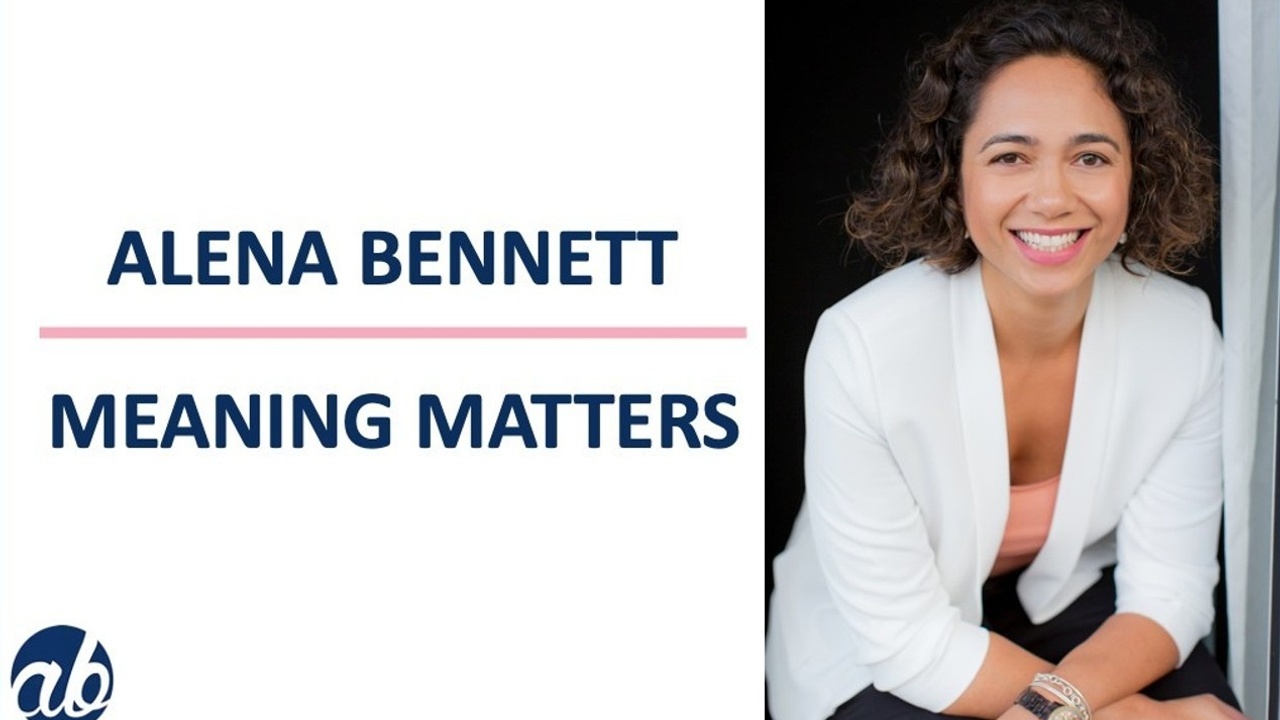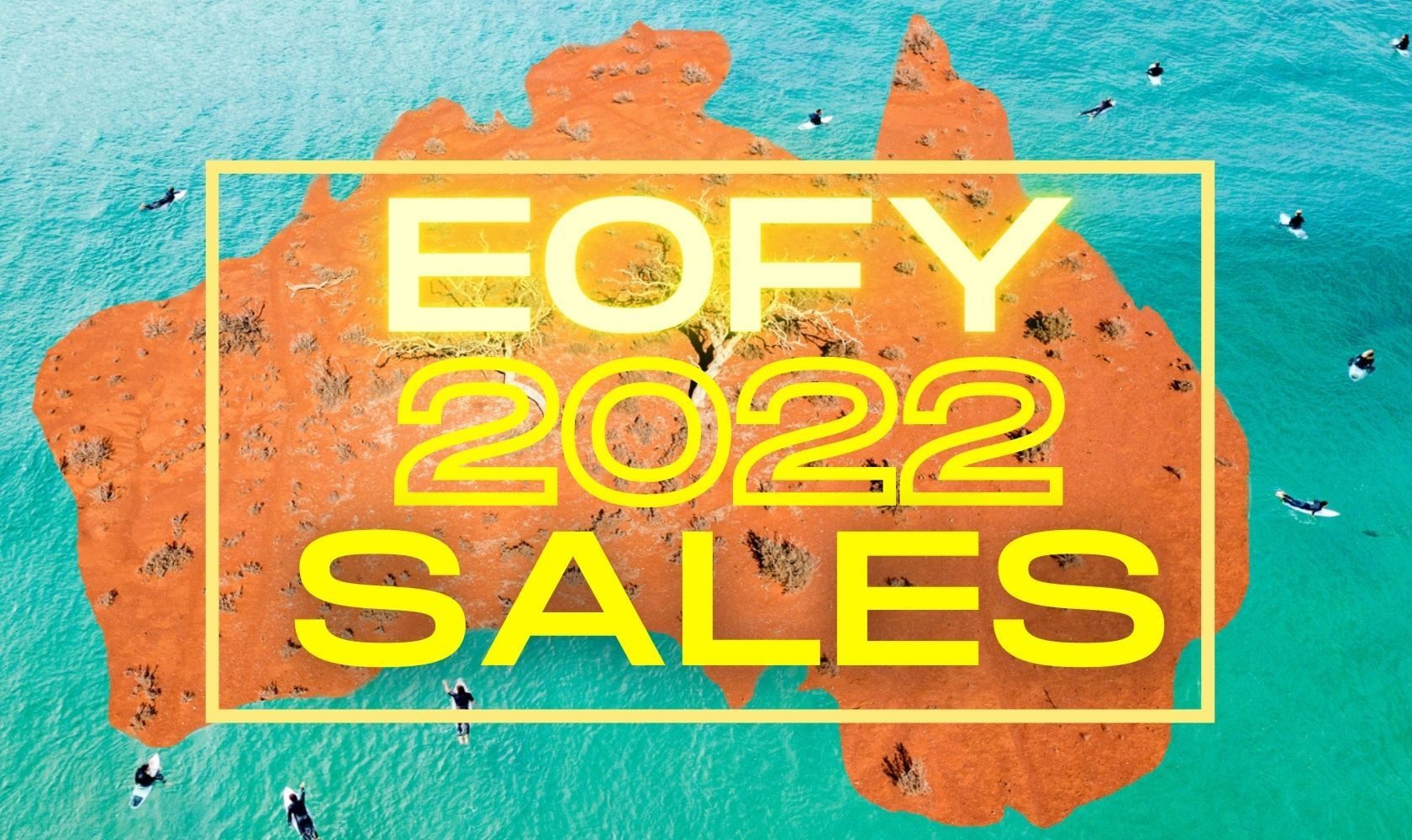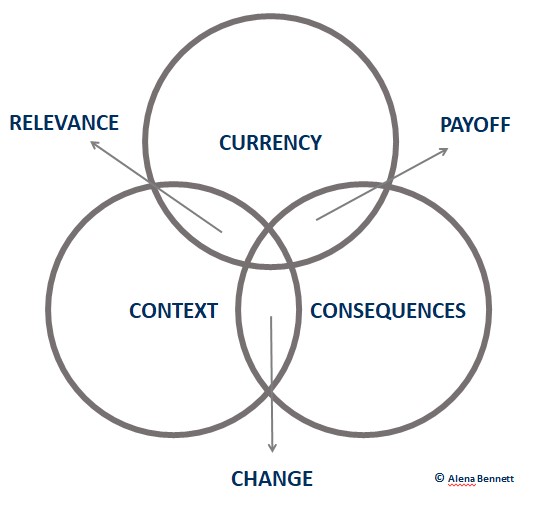As a consumer, the question becomes – do you buy something you want or something on sale?
Like my brother, many of our stakeholders are highly distracted by the various priorities, problems and opportunities they face on daily basis. Which means that getting their attention can be difficult but getting their follow-through even more so.
Consider the following scenario: You're sitting around the table with your stakeholders and they're completely on board with your suggestion. They say to you, 'yes, I'm happy to proceed and support you on this', only to struggle to get any output from them for the next 2 weeks despite repeated reminders. Does this sound familiar?
We need to create a sense of urgency
People typically aren't lying to our faces, nor are they actively trying to deprioritise you (even if that's the outcome). They are just distracted by the 'busy-ness' in their lives. This provides CFOs a great opportunity to help their stakeholders lift out of said busy-ness but it requires an additional element to planning. In order to get traction and create momentum on issues that matter, CFOs need to know how to create urgency.
The 3 steps CFOs to take to create urgency
1. Currency: Know the key currency at play. What matters most to this person at the moment? Are they short on time or are they looking for greater efficiency? Are they obsessed about their reputation? Do they care most about financial returns? Or are they a little more elevated in their leadership and thinking style and are more concerned with happiness or fulfilment? Choose the currency that matters most as the key lever around which you shape your communication approach.
2. Context: Remind your stakeholder of the important details in the context at play. Context is easily forgotten. It's broad and high level – when people become busy, they get blinkered into what's right in front of them and often tune out context. Emphasise the key elements in the context that matter most to them.
3. Consequences: Point out the consequences of the action you need from them and those that arise due to inaction. Reassure them of the support available and that they have the control to decide their course of action.
When we take these steps, we articulate the relevance of an issue to our stakeholders, the return (or payoff) of their action and the change that will happen as a result. We make the issue front of mind for them which allows us to influence more effectively.
It's actually the exact opposite. Asking your stakeholders good quality questions that determine the urgency of a particular action can have many positive benefits such as:
• Less time on low value to-ing and fro-ing through a poor decision-making process, and
• Letting go of 'nice to have' ideas so that they don't consume valuable head-space.
In fact, your stakeholders will appreciate you giving them the 'short cut' and providing them with the key information to help them make their decision!
Creating urgency is not being last minute
Creating urgency is a method that CFOs can employ to demonstrate their proactivity and ensure that there are less fires to fight. CFOs quite often can see the train hurtling toward the cliff far before everyone else around the table, and then end up waiting in agony as everyone realises what's playing out before them. Using urgency as a leadership technique is a useful way to respectfully bring light to an issue and empower the people around you to make powerfully proactive decisions.
How to create urgency: The power of temporal landmarks and timelines
There are 2 key tools that my clients use frequently:
1. Temporal landmarks – imaginary lines in the sand that highlight moments of significance (think new year's eve, milestone birthdays, etc). When a decision point, choice or consequence is anchored to an already significant moment for your stakeholder, they will attribute greater significance to your item.
2. Timelines – mapping out the context on a timeline is so illuminating. Not only does this help you prepare for a quality conversation, but it typically fleshes out some pertinent detail critical to your stakeholder. This exercise in and of itself (and the thinking you do as part of it) is always gratefully received by others because you've saved them that thinking time!
Creating urgency might simply be pointing out to your stakeholder that taking action now gives them choices, but deferring action until later removes choice and control.
Do you know which currency matters most to your key stakeholders?
Are there issues around which it would be useful for you to create urgency?
What additional value might you be able to create for your business?



